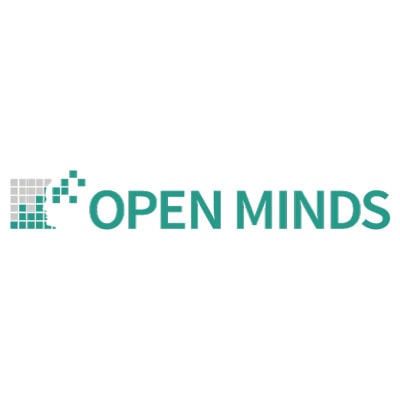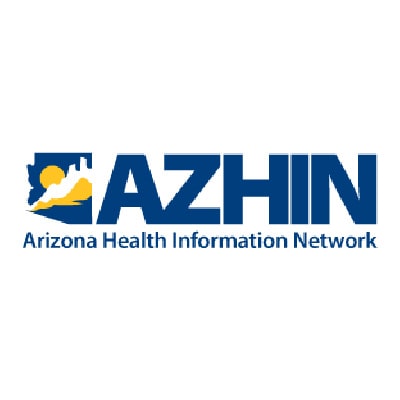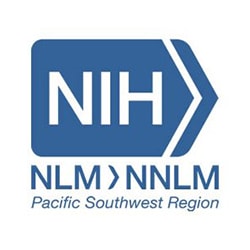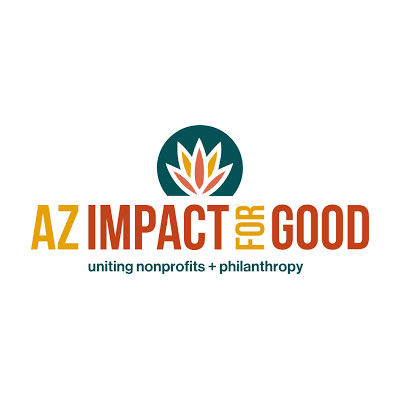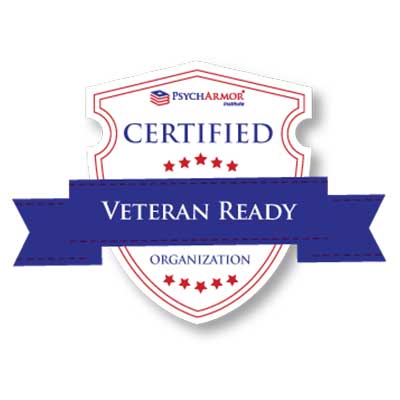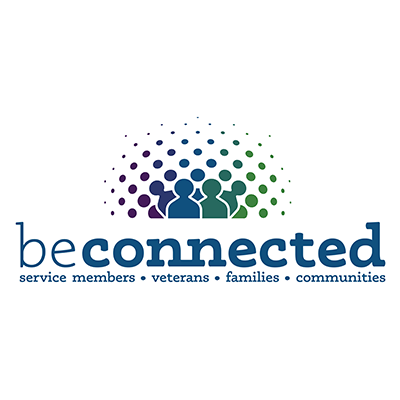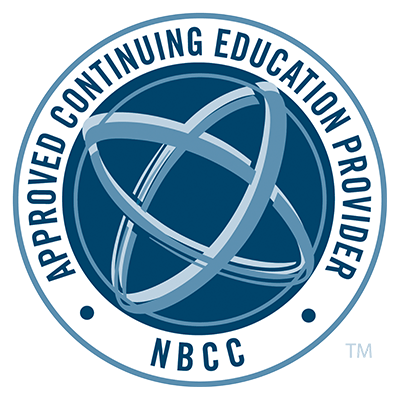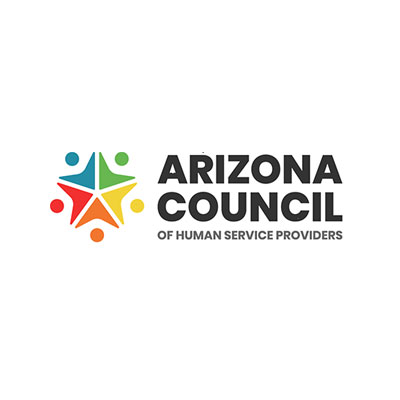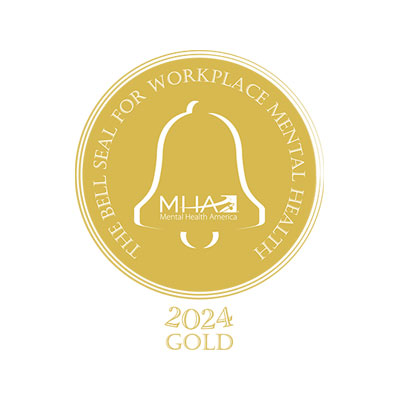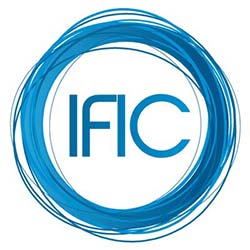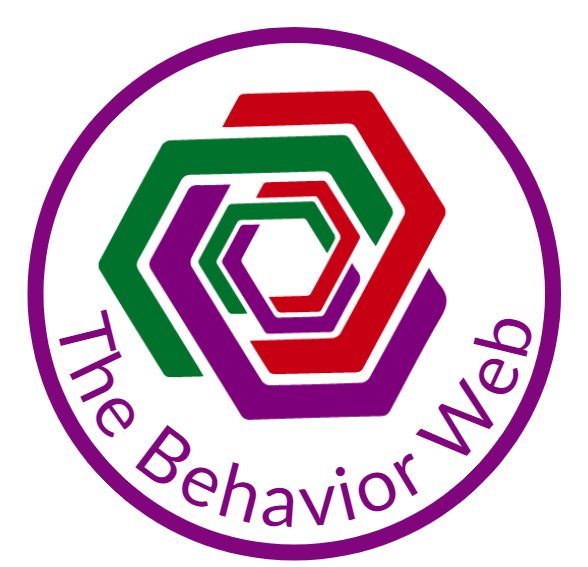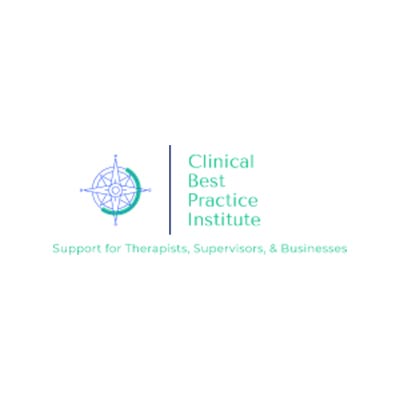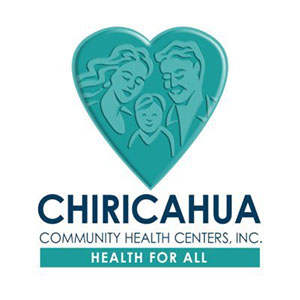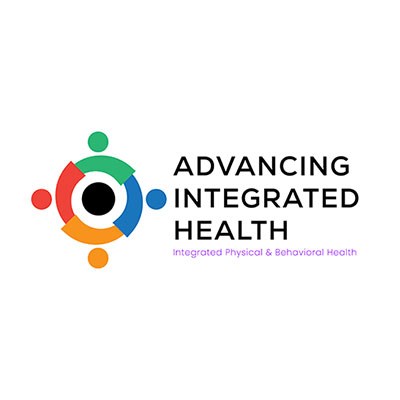Cara English, DBH
CEO and Director of the DBH Program, Cummings Graduate Institute for Behavioral Health Studies
“We are going to be intentionally provocative,” said Jodeme Goldhar of Ontario, Canada’s The Change Foundation. As a DBH, you know you’re at the right conference when this is the opening plenary statement! The International Foundation for Integrated Care (IFIC) hosts a blockbuster conference annually in the UK and Europe, providing integrated care leaders from across the globe an opportunity to share highlights of their work and to learn from the successes and failures of others. If you’re involved in integrated care, you should know that integrated care is very local – the same approach that works in one place won’t work in another due to differences in local cultures, politics, funding models, etc. So, are there universal “truths” that stood out at the ICIC 19 conference that can be used as guiding principles no matter where you happen to be integrating? I’ll share two concepts with you today for your consideration.
1. Person and Family Codesign is Critical for Integration Success.
To quote IFIC CEO, Dr. Nick Goodwin, “you can’t build a perfect model from an ivory tower. You have to involve the population in building the system or else it’s useless.” A top notch presentation from The Change Foundation’s Jodeme Goldhar and Family Caregiver‘s Carol Ann Alloway (Canada) made this point abundantly clear. As Carol Ann bravely shared the experience she and her husband, Bill, have endured, it was impossible not to see the failure in a top-down health system design that does not involve the patient and family caregiver(s) as partners at every level. After challenging the audience to think about partnering with patients and their families to bring value to integrated care, Carol Ann stated that had she and her husband been welcomed as care partners, “I am confident that Bill would not have needed 9 surgeries, he wouldn’t now have a heart condition and have GI issues, I wouldn’t be on antidepressants, we wouldn’t have lost 5 years of our retirement, and we could have spent more time with our grandchildren if we had been recognized as members of the health care team. Bill and I are the experts on his body, but our concerns and ideas were not addressed.” Carol Ann went on to clarify that she did not believe any of Bill’s healthcare workers were malicious or incompetent. “They were doing their jobs,” she said. “But it isn’t just a job. Bill isn’t just an ankle or a heart, and I shouldn’t be taken for granted.” Jodeme brought the message of their presentation home by stating, “we’ve all heard so many stories from our own environments and experiences. We believe that hearing a story is not enough. You have to hear the story and use the experience to help do better, to help partner.” There were many presenters who shared successful outcomes that meet the Quadruple Aim in their localities that have come from using patient and family caregiver stories to do better. My take home message? How can I involve my patients and their families in the care that I provide? How can I listen and learn from them and partner with them so that we can do better, too? I encourage you to watch Jodeme and Carol Ann’s spectacular presentation here.
2. Interprofessional Education is the Solution to Preparing a Workforce that Enables Integration.
Dirk Ruwaard, Director of Health and Health Services at Maastricht University (Netherlands), pointed out that at Integrated Care conferences, most presentations are about finance, policy, and integration models, but not a lot about educating the professionals needed in the workforce. Dirk posed the question, “how can we continue to offer high quality and future oriented education in healthcare that is affordable and accessible to everyone?” He proposed that we begin by asking our communities “what will be needed in 2030” from the healthcare workforce use an interactive approach with citizens, professionals in healthcare, welfare, education, and government reps to develop interprofessional education that is centered around interprofessional collaboration, aimed at developing well-defined competencies.
A student presentation of an interprofessional education (IPE) pilot program pointed to the successes of learning not just from other professionals, but from patients and caregivers. When interprofessional students (medicine, public health, health economics, healthcare administration) were joined by patients with chronic illnesses in hospital site and university site groups, they noticed that when the medical students led introductions, tension among the group resulted in an us vs. them feel. They recommended instead to start with the following questions to patients: What truly makes you happy? What would you do with an extra hour per day? From there, a patient-centered discussion around both positive and negative experiences in healthcare environments helped students keep their focus on the patient. Additionally, they pointed out that students are often afraid to ask questions in internships due to the power differential – doctors are superiors. In this experience, they were not afraid and felt empowered. Patients felt empowered to influence the future careers of medical professionals. In the Netherlands, federal program accreditation is moving the IPE process forward. Organizational and financial structures are challenges, but the take-home message here was that the good will and leadership of people from various professional programs can overcome these barriers.
There were many, many more truths that I brought back from this conference, but there’s only so much room in our newsletter! Obviously, my own interprofessional and international learning experiences were highly valuable. I encourage all of our readers and followers to consider attending ICIC 19. The broadened and deepened perspective that you will bring back from these presentations and conversations with colleagues will change your life and your practice forever.




